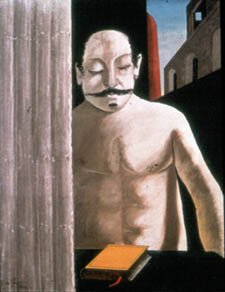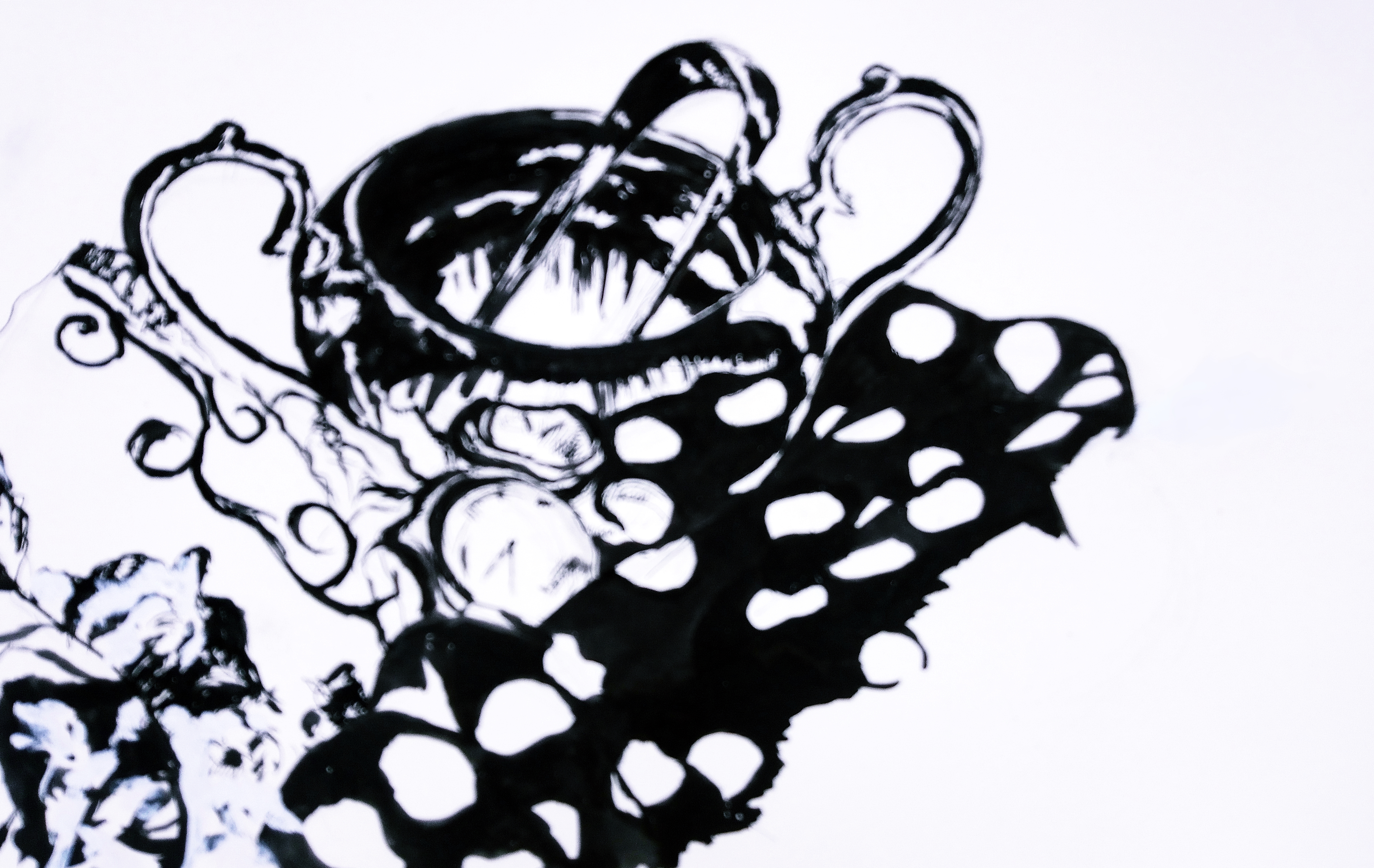
Figure 1: ‘The Child’s Brain’ by Giorgio de Chirico (1914)
In looking at the work of various artists and illustrators that I particularly admire, the influence of Surrealism (initially a literary movement) has been an enduring and multi-faceted presence in the visual arts since the mid-1920s. In André Breton’s first Surrealist Manifesto, published in 1924, the French writer and anti-fascist (in Breton, 1969) described Surrealism as an “invisible ray” (op cit., p.47), ultimately invincible against its opponents and therefore possessing “the omnipotence of dream” (op cit., p.26). In his view, the movement was an expression of anarchy, the refusal to conform. Looking back at that period between the World Wars, it certainly becomes clear that the Surrealist movement in art and literature represented an act of resistance against the forces of control gaining power across Europe – beginning with Italy’s Fascist Party under Mussolini (Hibbert, 2017). Meanwhile, Freud’s theories and work in psychoanalysis had generated what the poet W.H. Auden described as:
“a whole climate of opinion… under whom we conduct our different lives.” (Auden, 1940)
The result was a vast and turbulent pool of ideas across philosophy, literature and art (Esman, 2011), with Freud’s overall approach supporting the quest for self-understanding and melting away the dividing walls between dream and experience, sanity and insanity, conscious and unconscious (Jacob, 2010). Similarly, the ‘invisible ray’ of Surrealism continues to infuse visual media well into the 21st century; appearing unexpectedly from the wings like a wandering minstrel to unhinge reality, even just ever so slightly. Related genres have even emerged over the past two centuries, such as Magic Realism in Latin American literature, characterised by Columbian author, Gabriel Garcia Márquez; Jorge Luis Borges from Argentina, and the Chilean writer, Isabel Allende. Here, everyday life is interrupted by supernatural or mythical episodes and events, perhaps due to the dual realties of cultures with a colonial history.
The primary observation for me as I look at work by other artists who inspire me and read around the literature associated with them is the technical brilliance and industriousness required to render the impossible possible. In reflecting on my own work I can see that the bar has been set very high for me and so there are many areas I need to work on. It is difficult to achieve success in any field, but the amount of time and personal investment required is perhaps much greater in the creative arts. The Illustrator, Alan Aldridge, particularly renowned for his work in the ‘60s and ‘70s may well have taken his profession by storm, but it cost him many hours of hard work and looking back over it in an interview with The Guardian , just before his major retrospective in the London Design Museum in 2008, he admitted, “It all arouses mixed emotions…It has taken me back to work I have done, but reminded me of all the lonely hours spent drawing when I might have been elsewhere”.
AUDEN, W.H. (1940) ‘In Memory of Sigmund Freud,’ Another Time. Random House.
JACOB, M. (2010) ‘Freud’s Influence on Therapy and the Wider World’, Sigmund Freud, 2nd ed. Sage Publications s
BRETON, A. (1969) Manifestoes of Surrealism, trans. Seaver, R. and Lane, H.R. University of Michigan Press, pp.26, 47.
ENCYCLOPAEDIA BRITANNICA (Eds.) (2017) Magic Realism. https://www.britannica.com/art/magic-realism [Accessed: October 8, 2017).
ESMAN, A.H. (2011) Psychoanalysis and Surrealism: André Breton and Sigmund Freud. Journal of the American Psychoanalytic Association, 59(1), 173-181.
HIBBERT, C. (2017) Benito Mussolini. Encyclopaedia Britannica. https://www.britannica.com/biography/Benito-Mussolini [Accessed: 7 October, 2017].
SPENCER, N. (2008) ‘How I Designed the 60s’, The Guardian, 5th October. https://www.theguardian.com/artanddesign/2008/oct/05/art1 [Accessed: 3 October, 2008].
